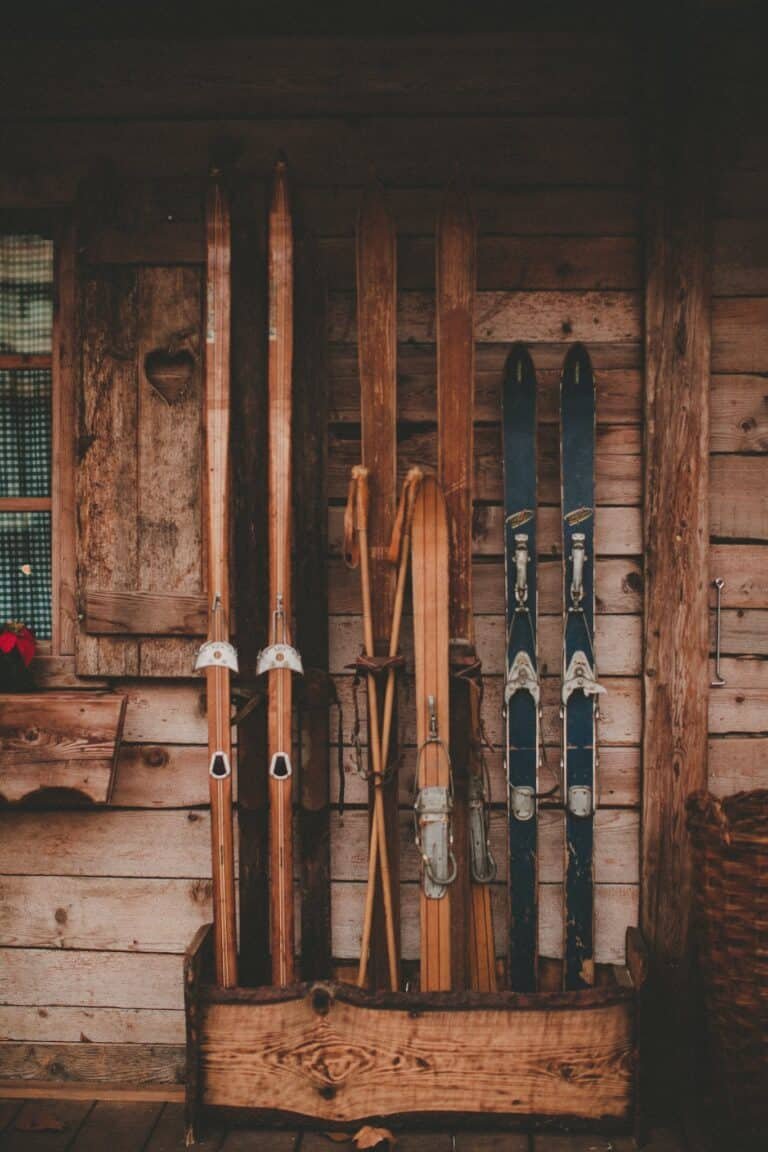Ski Bibs Or Ski Pants: Which is the Better Choice?

Are you gearing up for the slopes but feeling overwhelmed by the choices in ski gear? I’ve been there, and I know that the decision between ski bibs and ski pants can be a game-changer for your skiing experience.
As an outdoor enthusiast, I’ve observed a significant shift in preferences recently, with more skiers and snowboarders opting for ski bibs over traditional pants. This trend isn’t just about style; it’s rooted in functionality and comfort that can enhance your time on the slopes.
In this guide, I’ll break down the pros and cons, helping you make an informed decision that aligns with your skiing style and needs. By the end, you’ll be ready to choose the gear that not only suits your preferences but also enhances your performance on the mountain.
Here is a comparison table for a brief overview of their distinguishing characteristics. You can continue reading below for more thorough information. I also have a dedicated roundup post about the best ski bibs for skiing season 2023-2024.
| Feature | Ski Bibs | Ski Pants |
|---|---|---|
| Insulation | Offers more coverage for the torso and upper body, providing better overall warmth. | Insulation is limited to the legs, requiring additional upper body layers for warmth. |
| Protection | Superior snow protection due to overlap between jacket and bib. | Less protection against snow intrusion, especially during falls. |
| Storage | Typically includes additional pockets, like a chest cargo pocket for extra storage. | Limited pocket space compared to bibs, usually side pockets only. |
| Mobility | Generally offer better mobility due to lack of waistband and adjustable straps. | Good mobility, but can be restrictive around the waist or thighs depending on fit. |
| Price | Generally more expensive due to extra material and features. | More budget-friendly, less material and simpler design lead to lower cost. |
What’s The Difference Between Ski Bibs and Ski Pants?
Ski Bibs
Think of ski bibs as the fortress of your ski outfit. As someone who has worn these on countless runs, I can vouch for their effectiveness. They are waterproof and insulated garments that extend up to your chest, supported by sturdy suspenders. This design not only offers extra protection against snow and cold but also provides a unique comfort level, especially in deep powder conditions.
Ski Pants
On the other hand, ski pants are the classic choice, your trusty soldiers in your ski gear arsenal. Resembling traditional trousers, they are designed specifically for skiing, sitting comfortably at your waist. Made from weather-resistant materials, these pants provide essential protection while ensuring flexibility and movement ease, making them a reliable option for many skiers.
Pros and Cons of Ski Bibs
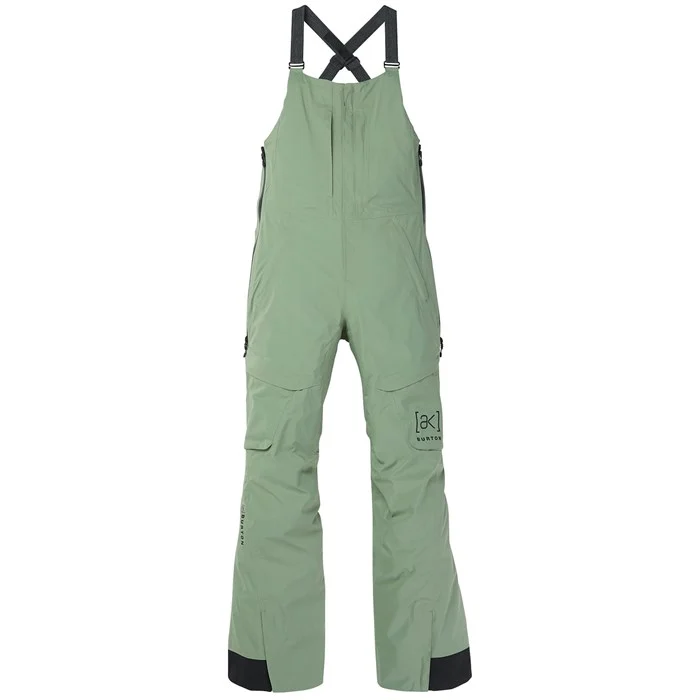
Pros:
- Extra Snow Protection: The overlap between the ski jacket and bib creates a barrier, making it almost impossible for snow to sneak in. This feature is particularly beneficial when skiing in deep powder.
- More Insulation Coverage: They extend beyond just covering the legs, providing additional warmth to the torso and upper body, which is a boon in extremely cold conditions.
- Additional Storage: The chest cargo pockets in ski bibs are a handy feature for storing essentials like phones, wallets, or snacks.
- Better Mobility: The absence of a waistband offers greater ease of movement, a feature I’ve found incredibly useful during dynamic skiing maneuvers.
- High Adjustability: Shoulder straps in ski bibs can be easily adjusted for a perfect fit, accommodating layers and personal comfort preferences.
Cons:
- Initial Discomfort: The extra material under the coat can feel constraining initially, requiring a period of adjustment to get used to the fit.
- Overheating on Warmer Days: On sunny or warmer ski days, ski bibs can cause overheating due to their extended coverage and insulation.
- Inconvenience for Bathroom Breaks: The design of ski bibs can make bathroom breaks a bit more cumbersome, as they require more effort to take off and put back on.
- Generally More Expensive: Ski bibs typically have a higher price point compared to traditional ski pants due to the additional material and features they incorporate.
Pros and Cons of Ski Pants

Pros:
- A More Precise and Secure Fit: Ski pants offer a snug fit, ensuring they stay in place, which is crucial for agile movements on the slopes.
- More Comfortable for the Legs: With less tightness around the thighs or boots, they provide greater comfort, especially during long skiing sessions.
- Lighter Material: They are typically lighter than bibs, making them less cumbersome and easier to move in.
- Adaptable to Variable Weather Conditions: Many ski pants come with zippered vents, allowing for temperature regulation in different weather conditions.
- More Affordable: Generally, ski pants are less expensive than bibs, making them a budget-friendly option.
Cons:
- Less Snow Protection: The main drawback is the potential for snow to get inside the pants, especially when you fall or ski in deep powder.
- Non-Adjustable Fit: Unlike bibs, ski pants don’t offer much in terms of adjustability, which can be a limitation, particularly for growing children.
- Limited Pocket Storage: They typically have fewer pockets than bibs, which can be a constraint if you need to carry multiple items.
Key Features to Consider When Choosing Ski Bibs or Pants
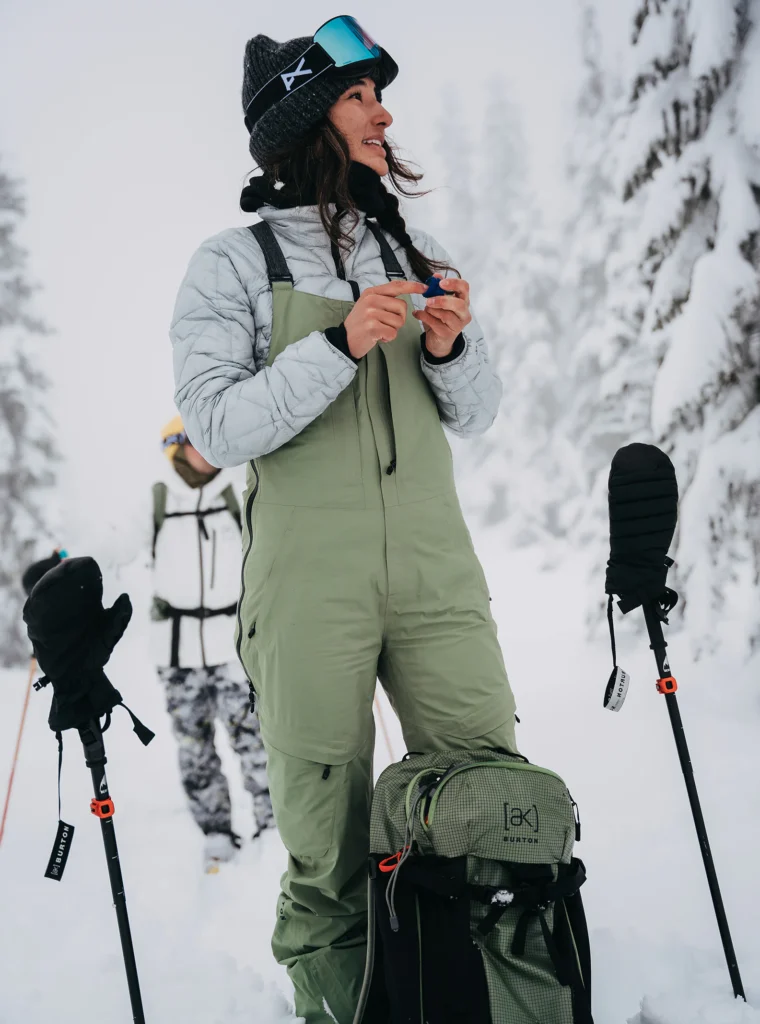
- Comfort and Fit: It’s essential to choose ski bibs or pants that fit snugly while allowing a full range of motion. Consider your body type and personal preferences, as comfort is paramount in ski gear.
- Waterproof and Breathability: Look for materials such as Gore-Tex® that provide excellent waterproofing and breathability. This combination is crucial to keep dry and comfortable on the slopes.
- Insulation: Based on the temperature and your personal warmth needs, select the appropriate insulation. Synthetic insulation is often preferred for its warmth retention even when wet.
- Mobility and Flexibility: Skiing requires a lot of movement, so choosing gear made from stretchable fabrics that allow for flexibility is important.
- Durability: Durable gear is a must for harsh mountain conditions. Look for features like reinforced knees and seats to ensure longevity.
- Other Features:
1. Adjustable Waistband and Belt Loops: For a customizable fit, especially in traditional ski pants.
2. Snow Gaiters and Boot Clips: These prevent snow from entering your boots
3. Ventilation Zippers: A must-have for temperature regulation during active skiing.
4. Pockets and Storage Options: Essential for carrying small items like lift passes and snacks. Ski bibs often have upper chest pockets, while ski pants feature side pockets.
Material Choices
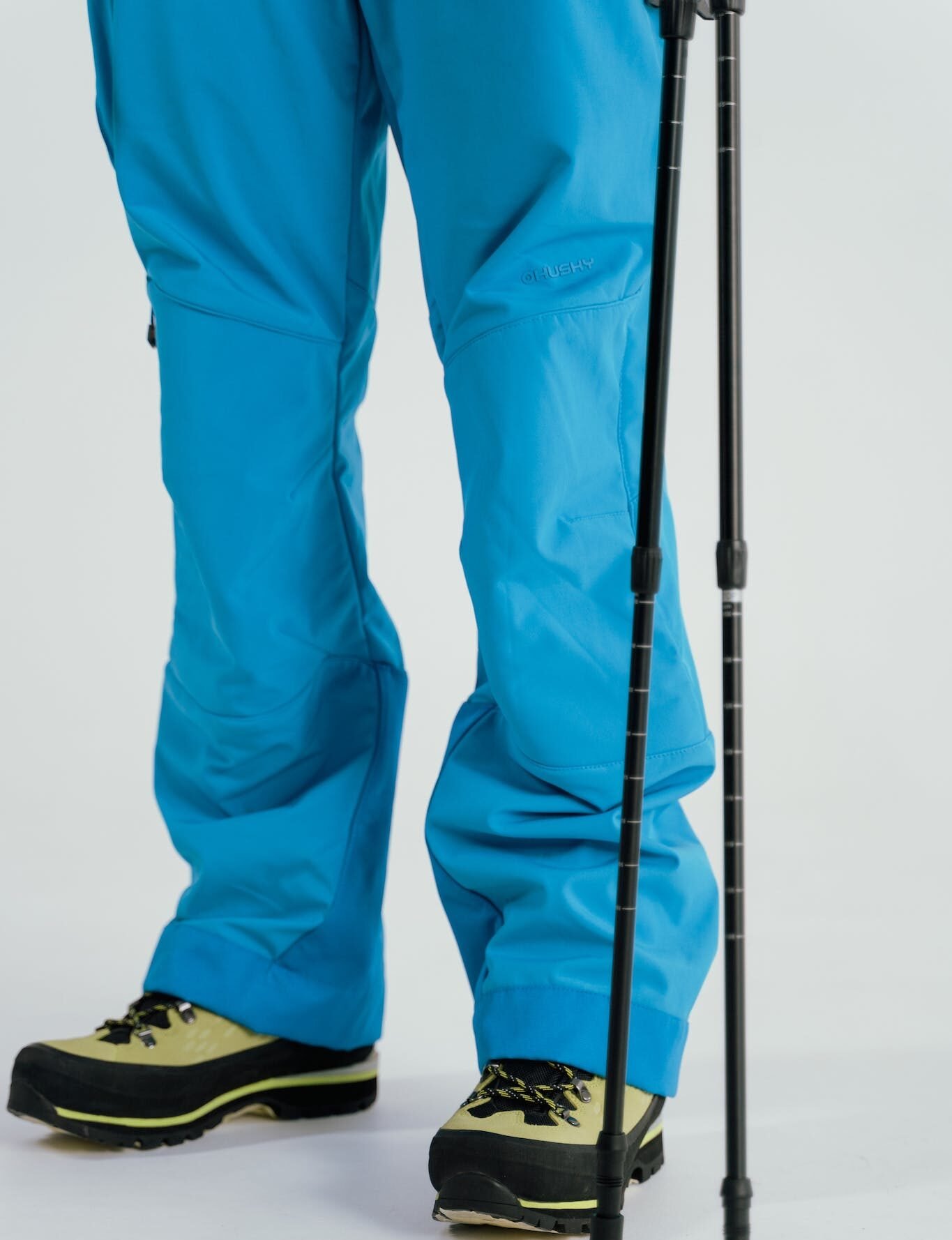
- Gore-Tex® and Other Waterproof Fabrics: Gore-Tex® is renowned for its excellent waterproof and breathable properties, making it ideal for ski wear. Other budget-friendly options like nylon or polyester can also provide good waterproofing.
- Synthetic vs. Down Insulation:
- Synthetic Insulation: Typically lighter and retains warmth even when wet, making it suitable for wetter conditions.
- Down Insulation: Offers a higher warmth-to-weight ratio, perfect for colder climates. However, it loses insulating properties when wet.
- Stretchable Fabrics for Mobility: For those prioritizing mobility, look for ski pants or bibs with stretchable fabrics. This feature enhances flexibility, aiding in achieving better movement and comfort on the slopes.
How To Find The Perfect Fit
- Measuring Your Size: Proper sizing is essential for both comfort and performance. For ski pants, measure your waist and hip size, as they sit on your hips. Ski bibs, which cover more of your torso, also measure your chest. Don’t overlook the inseam measurement for both pants and bibs, as incorrect length can hinder your mobility on the slopes.
- Regular Fit vs. Slim Fit: The fit preference can vary. Regular fit offers more room, while slim fit is form-fitting and less likely to snag. Some prefer bibs that flare out at the knees for added flexibility.
- Adjustability: Look for adjustable waistbands and shoulder straps to fine-tune the fit. Articulated knees, which pre-bend the knee area, are a bonus feature, enhancing movement and comfort during skiing.
How To Clean, Maintain, And Reproof Ski Bibs or Pants
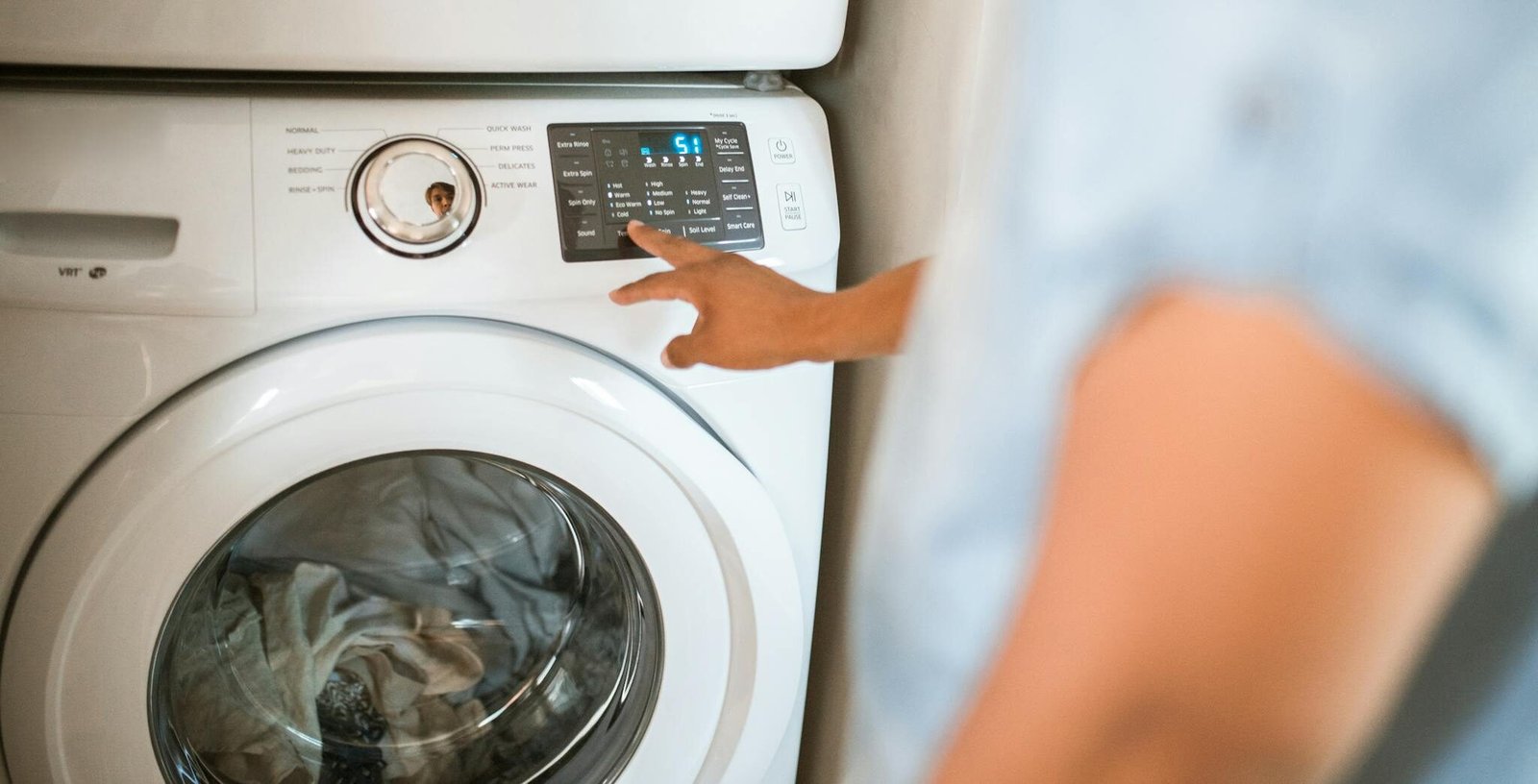
- Cleaning and Washing Tips:
- Don’t wash your bibs too often, about every 10-20 days of use.
- Use a gentle cycle and a detergent specifically designed for technical outdoor clothing.
- Regular detergents can damage the water-repellent coating. Use gentle detergent.
- Drying and Storage Recommendations:
- Avoid using a dryer at high heat as it can harm the protective layers.
- Let them air dry.
- For storage, hang them in a cool, dry place instead of folding them tightly, to avoid damaging the protective seal.
- Repairing Minor Damages:
- Small rips and tears can be patched up using a ski pants repair kit, which usually includes iron-on patches.
- For more significant damages, consider professional repair services.
- Reproofing:
- After several washes, the waterproof coating may start to wear off. Use a waterproofing spray or wash-in product designed for waterproof fabrics.
- Apply the reproofing product according to the manufacturer’s instructions.
- This process helps to rejuvenate the water repellency of the fabric, keeping you dry and comfortable on the slopes.
Conclusion
In summary, both ski bibs and ski pants have their unique advantages and drawbacks. Bibs offer superior snow protection and insulation but can be less convenient and more expensive. Pants, on the other hand, provide a precise fit and are lighter, yet they offer less protection against snow intrusion.
Ultimately, the choice between ski bibs and pants boils down to personal preference and specific skiing needs. Remember, regardless of your choice, the importance of high-quality, waterproof, and durable materials cannot be overstated. These are essential for ensuring comfort, performance, and longevity in your ski gear.



